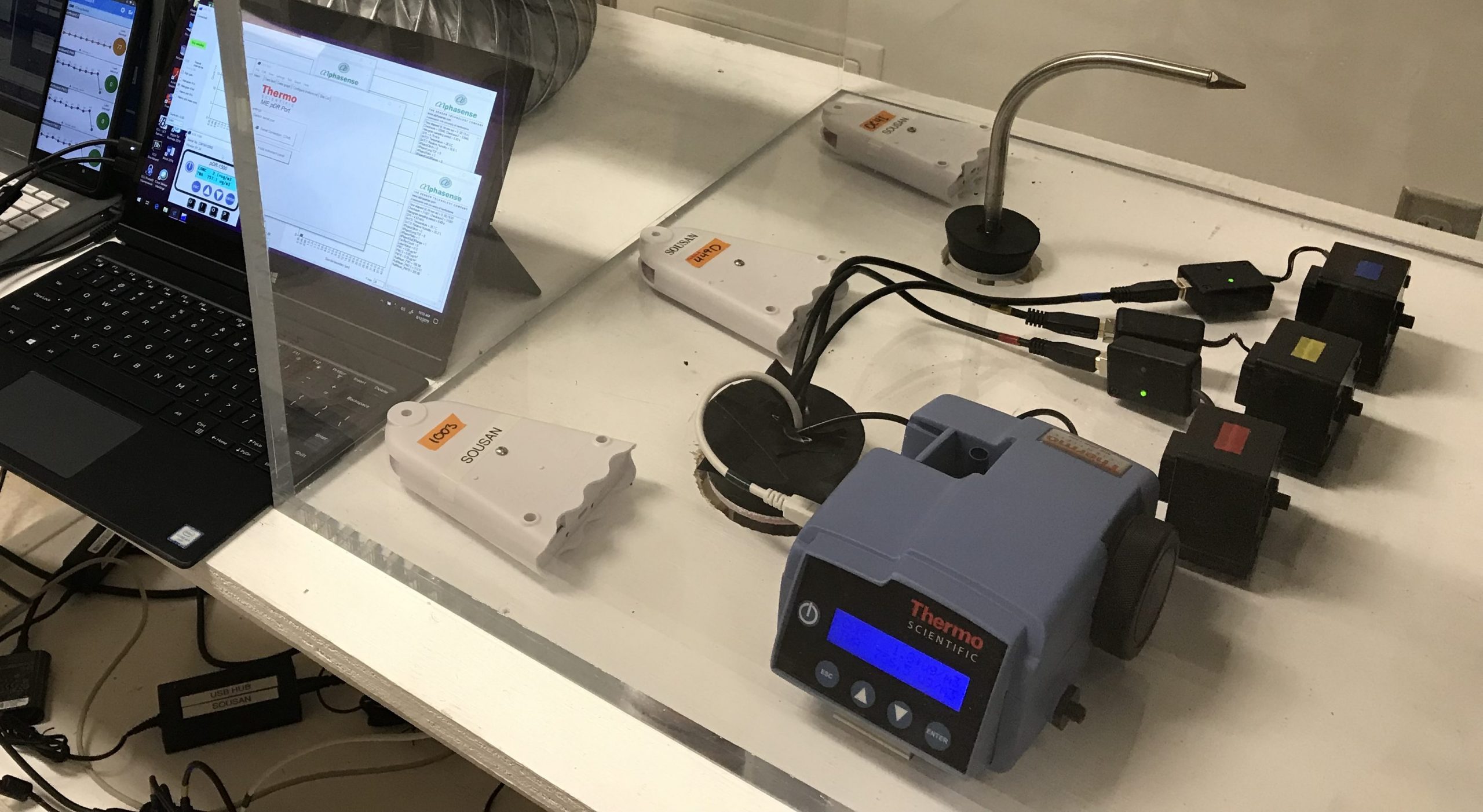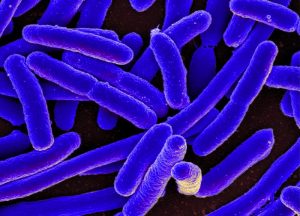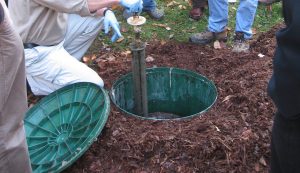Dr. Sinan Sousan’s lab, in collaboration with Dr. Yoo Min Park (Department of Geography), has published the following journal article on a study that evaluated multiple low-cost aerosol sensors and highlights the necessity of calibrating the sensors for different environments. This study represents the first to address this topic. The work represents the thesis of MS Environmental Health (MSEH) graduate, Swastika Regmi, who also served as co-author.
Sousan S, Regmi S* and Park YM (2021). Laboratory Evaluation of Low-Cost Optical Particle Counters for Environmental and Occupational Exposures. Sensors 21(12):4146. doi:10.3390/s21124146
Abstract
Low-cost optical particle counters effectively measure particulate matter (PM) mass concentrations once calibrated. Sensor calibration can be established by deriving a linear regression model by performing side-by-side measurements with a reference instrument. However, calibration differences between environmental and occupational settings have not been demonstrated. This study evaluated four commercially available, low-cost PM sensors (OPC-N3, SPS30, AirBeam2, and PMS A003) in both settings. The mass concentrations of three aerosols (salt, Arizona road dust, and Poly-alpha-olefin-4 oil) were measured and compared with a reference instrument. OPC-N3 and SPS30 were highly correlated (r = 0.99) with the reference instrument for all aerosol types in environmental settings. In occupational settings, SPS30, AirBeam2, and PMS A003 exhibited high correlation (>0.96), but the OPC-N3 correlation varied (r = 0.88–1.00). Response significantly (p < 0.001) varied between environmental and occupational settings for most particle sizes and aerosol types. Biases varied by particle size and aerosol type. SPS30 and OPC-N3 exhibited low bias for environmental settings, but all of the sensors showed a high bias for occupational settings. For intra-instrumental precision, SPS30 exhibited high precision for salt for both settings compared to the other low-cost sensors and aerosol types. These findings suggest that SPS30 and OPC-N3 can provide a reasonable estimate of PM mass concentrations if calibrated differently for environmental and occupational settings using site-specific calibration factors.
*Swastika Regmi is a recent graduate of the ECU MS Environmental Health Program.




